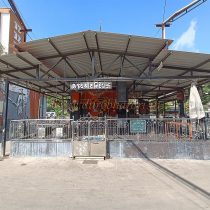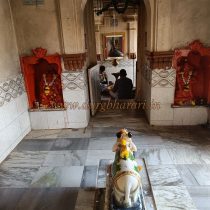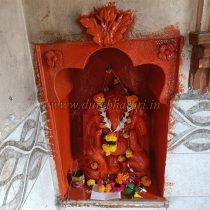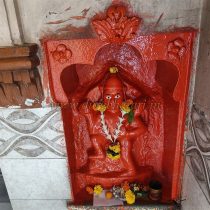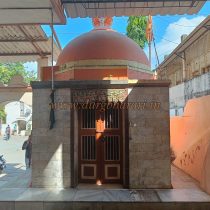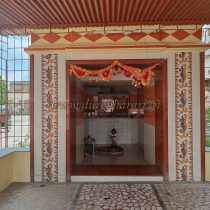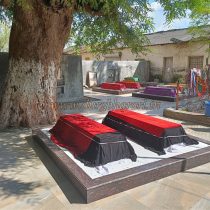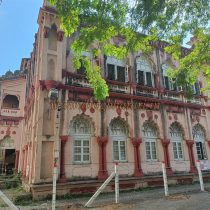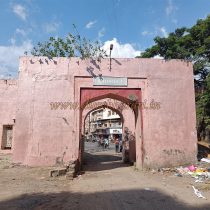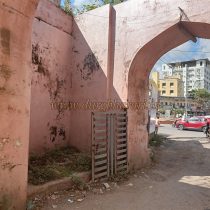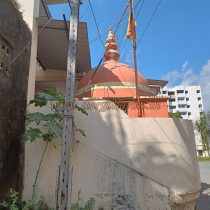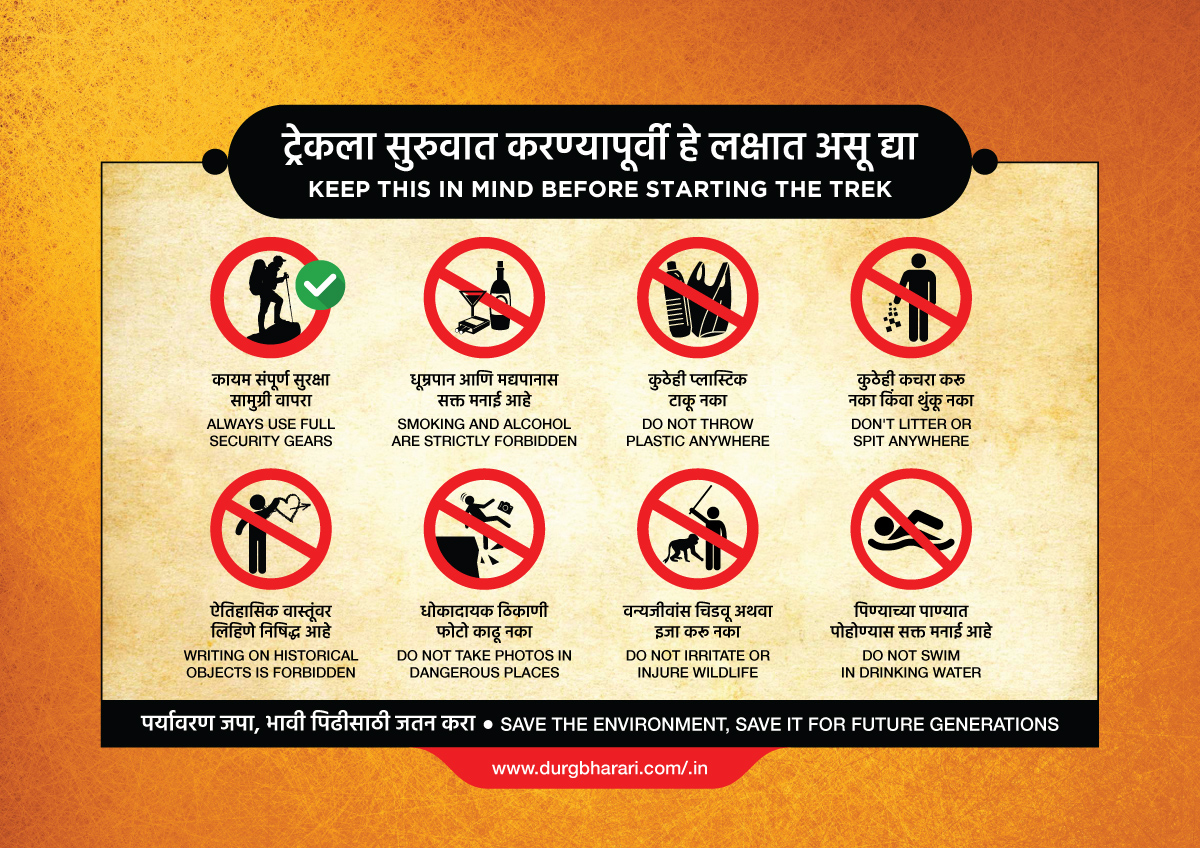NAVSARI KOT
TYPE : GROUND FORT
DISTRICT : GUJRAT
HEIGHT : 0
GRADE : EASY
While exploring the forts in the Maharashtra-Gujarat border area, we get to see a total of 16 forts, small and big. In the later part of the Maratha Empire, most of this region was under the rule of the Marathas, that is, under the rule of the Gaikwad’s of Baroda, so most of these forts have a Marathi hint to them. Navsari Fort is one of them Ground fort. With the passage of time, due to the growing city, the ramparts of the fort have been completely destroyed and only the main gate and some inner structures remain. Since this fort was once in Shivaji Maharaja’s Swaraj, I am mentioning these forts under the heading “Forts of Maharashtra”. To see Navsari Ground fort, first reach Navsari Station from Mumbai-Pune. This is the nearest station to visit Navsari Ground fort and Navsari Fort is only 3 km from this station. As Navsari is a commercial city and district in Gujarat, it has good vehicular facilities.
...
As no one knows Navsari Ground fort as a fort, we should make such an inquiry to Junathana. Junathana means old commercial place. This Fort is known as Junathana since the Kacheri of Navsari district is in this Fort since the time of Gaikwad’s. When you come to Junathana Chowk, you can see the main door of the Fort built in two bastions. Inside this door there are guard houses on both sides. Today, this is the only remnant of the fort's fortifications and it has been completely covered with cement. The oldest surviving structure in Fort is the Ballaleshwar Mahadev Temple. Apart from this a Shani temple can be seen inside the Fort but it may be of recent date. Although the inner premises of Fort are fully developed, the architecture of the British court can be seen inside. Apart from this, there is a graveyard inside and another newly built small Shiva temple. 15 minutes is enough to see the remaining interior. Fort does not have a different name but people living in Fort area know it as Gaikwad's Fort. During the Peshwa period, the city of Baroda and its surrounding areas were ruled by the Marathas. Pilaji Gaikwad was appointed here for that. Navsari city was ruled by Gaikwad of Baroda from 1721 to 1949. Navsari Ground fort was built during his reign. Later, during the British period, Baroda emerged as a principality. After the independence of India on 10th June 1948, this part joined the Union of India.
© Suresh Nimbalkar

